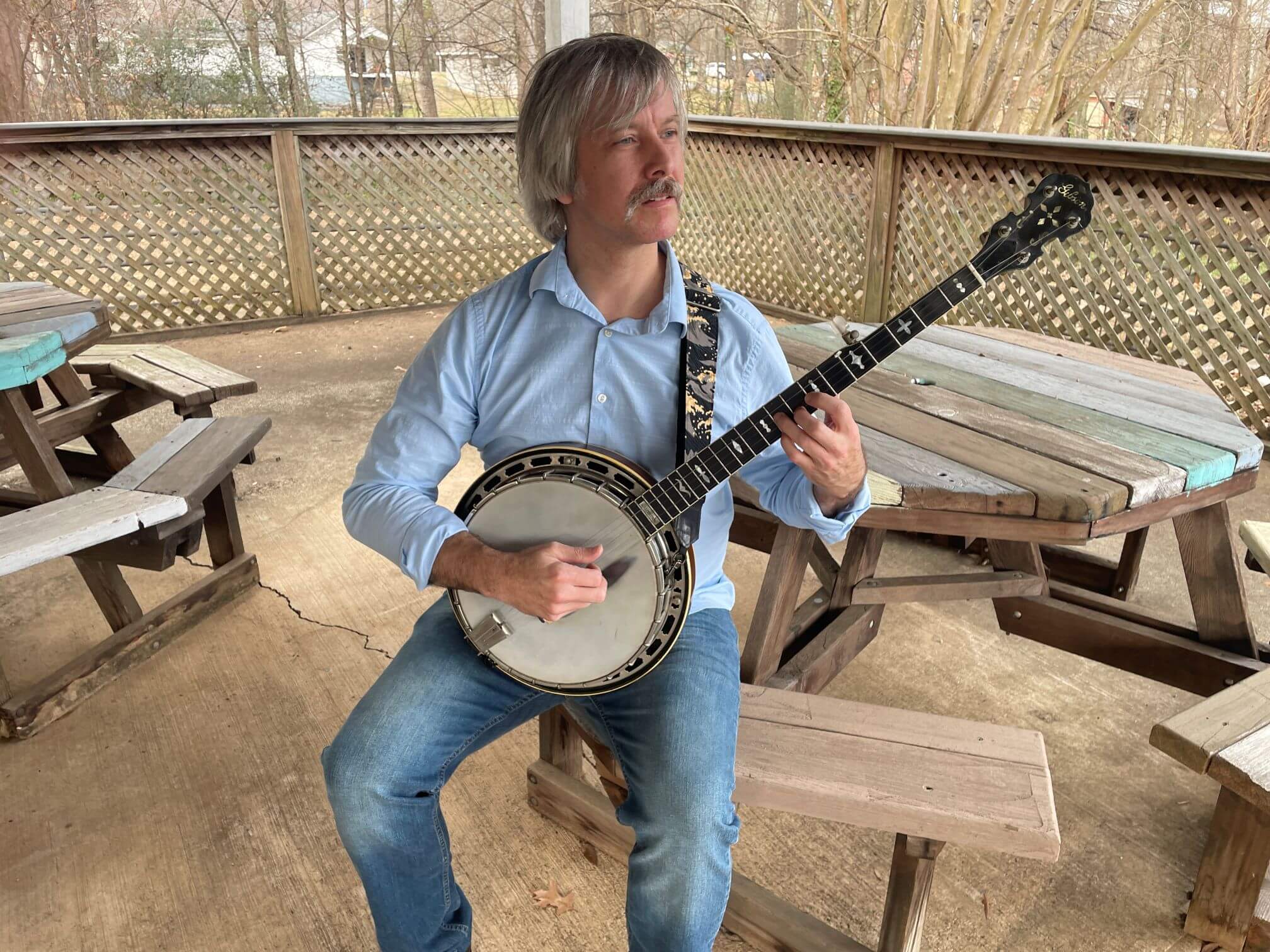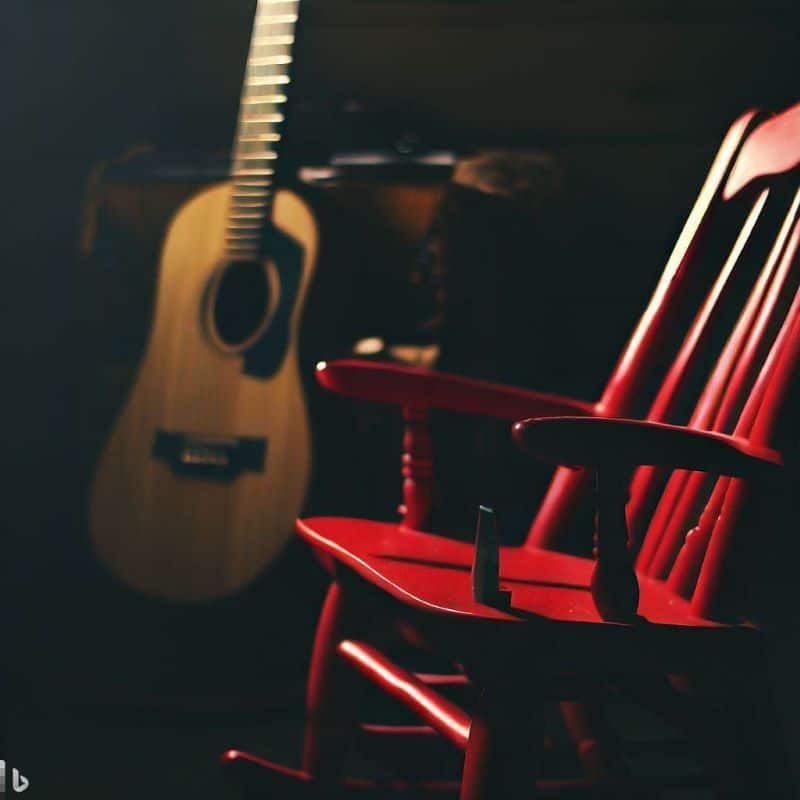The #1 Skill I Wished I’d Acquired Sooner

I often think about my own musical training and how it went from the beginning. As a teacher, I think about the things that could have been improved, that would have allowed me to get “there” faster.
By far, one of the things I wish someone had told me about sooner is what is sometimes called the Nashville Number system. I don’t really like this name because it seriously predates Nashville studios. People used numbers to describe bass and chord movements way back before the classical music era. However, if you want to read about it more, that’s a good search term.
By the time you are done with this article, you’ll:
- Know the common I,IV, and V chords in the most common keys
- How to begin transposing chord progressions into different keys.
- Be on your way to improving your ears
- Understand what people mean when they say Nashville Number system
This article will be a multi-part article. I like to break up the task of learning this information into two parts:
- The MENTAL
- The PHYSICAL
As I tell my students, if you don’t know the MENTAL part, then you are spinning your wheels trying to do the physical.
A quick story: Many years ago, when I worked in downtown Atlanta, I’d be stuck in hour-long traffic trying to get to work. I certainly didn’t have my instrument to play in my car. Therefore, I would MENTALLY rehearse. Sometimes I’d do it when I was sitting in a long line at a retailer. My point- You don’t need your instrument to work on this. It’s like a multiplication table.
Why do you need to learn this?
- Not every song is in the same key
- To be able to transpose a song to fit your (or someone else’s) voice
- For ear training
- It can help you analyze tunes and memorize them faster
Goals of the Nashville Number System:
- Allows you to play in any key
- Trains your ears how to hear the DISTANCES between chords/notes
- Greater general musicianship
I am assuming you have the prerequisite knowledge about what notes are in what scales. That’s beyond the scope of the article.
Nashville Number System Method
Let’s take the key of C major. The scale is C D E F G A B. If we assign a number to each of these notes, we will see that C is 1, F is 4, and G is 5.
(I’ll use Roman numerals from here on out. That’s the most common way and will help you not get confused by other numbers attached to chords)
C, F, and G are the I, IV, and V in the key of C major
Notice that all of these chords are MAJOR. In a major key, the I, IV, and V are all major.
Let’s do one more so you really get this:
Suppose we have the key of G major. The G major scale is G A B C D E F#
Here, the I, IV, and V are G, C, and D. Think of it like walking steps from the 1st note (Home base).
Instead of repeating this process over and over, let’s make a nice table. There are more than these keys. However, I believe we should pick our battles at first. I only want you to begin with the most common ones. G/C/D are the best to start with. Then A, and finally E (especially if you play guitar). Understand that the different instruments have their “home” keys. For example, in jazz with lots of horns, you’ll need Bb, Eb, and lots of flat keys. I’ll save that for another day.
Nashville Number System Quick Reference Chart
| KEY | I | IV | V |
| C | C | F | G |
| G | G | C | D |
| D | D | G | A |
| A | A | D | E |
| E | E | A | B |
The first task- Learn to recall these. By recall, I mean you need to know them at the speed of LIGHT!!! For example, if I say, “What is the IV chord in the key of A.” Without hesitation, you need to respond “D.” We need this information to get to the point that it requires no thought whatsoever. If you are still hesitating, then you have work to do.
A problem that will occur: Notice that chords like G occur in multiple keys. Without fail, what happens in the beginning? You start thinking in the key of C, get to the G chord, and now you suddenly forget if you are in the key of C or G. So, you say the V chord is D!!! Wrong….
It’s okay; this will happen, just keep trying. Your brain will learn how to sort this out given enough time.
At the same time, reciting this stuff can be quite boring, so what we need to do is use it in the context of a song. Here is where the ear training starts.
Nine Pound Hammer In Number System
I’m picking this song because it is super short. 8 bars repeated over and over essentially.
| I | I | IV | IV |
| I | V | I | I |
Why is this chart better than writing letters? It is key independent. You can look at those numbers and imagine whatever key you’d like. You wouldn’t want to write six different charts for six different keys.
STEP ONE: Go through the chart, imagining you are in the key of G. See if you remember the chords from above. To make this a bit more musical without your instrument, you can even say the chord out loud while snapping your fingers or tapping your feet. Once again, we are not playing it on the instrument yet. Change the key and try it again.
Remember above how I told you I’d recite this stuff in my car in traffic? That was only part of it. What I would do is put on a song, and I would hear the music as if it were in one key, calling out the chords. I’d “rewind” it and imagine a different key the second time. I would do this over and over until I went through a bunch of keys, making sure I could quickly recall each I, IV, and V without hesitation.
STEP TWO: Listen to this Johnny Cash recording while looking at the chart; imagine you are in G. Next, imagine you are in C, and so forth. Go through all of the keys, just listening and imagining the chord for each key.
Closing thoughts on Nashville Number
It may seem like this is a MENTAL exercise. It is. However, it’s an ear training exercise. My teacher, Kevin Bales, when asking me to learn songs in multiple keys , told me-
“We want to liberate your hearing.”
It is difficult to put into words why this works. However, it essentially goes like this:
The distance between I and IV is the same regardless of the key. It may sound different due to the frequencies of each individual pitch; however, the distance is the same. Those of us without perfect pitch (most of us) hear things in distances. This is a skill we can acquire, no matter age or ability. The exercise of playing things in multiple keys can free your hearing. You’ll remember what the distance between I to IV sounds like and what the distance between I to V sounds like.
Slug through it; I know it can be daunting at first. This isn’t an exercise you can complete in a month or two. It will take a bit. Keep at it.
Until next time.
Please consider signing up for my email list. I send out a newsletter approximately twice a month. I’ll notify you of blog updates and new products.

